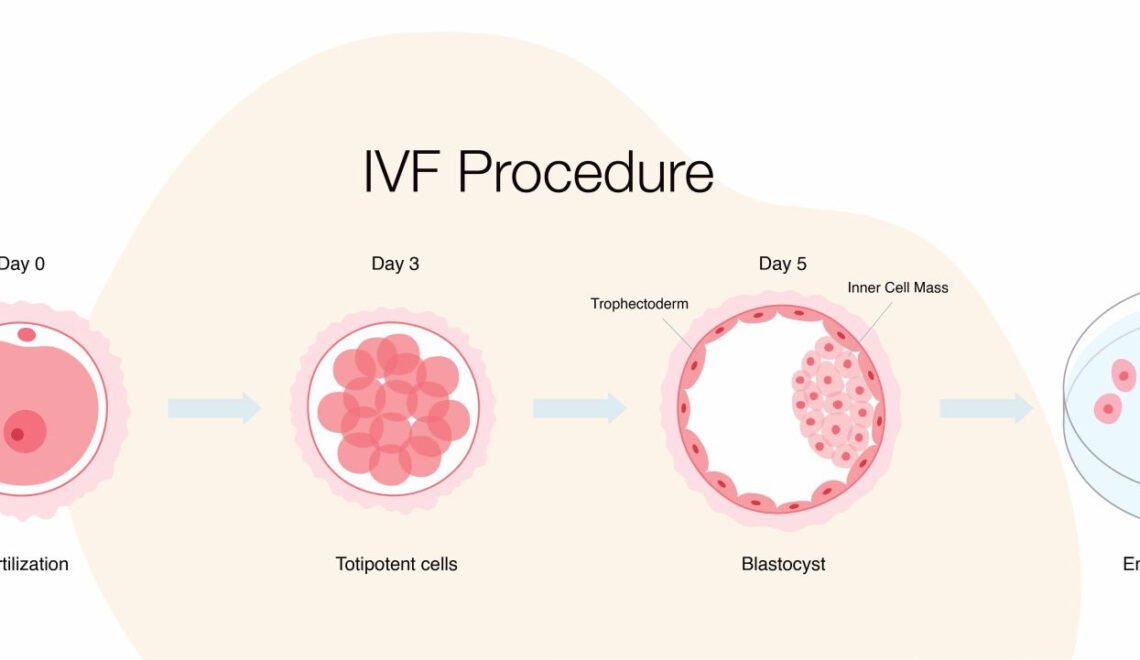Blood types are determined by whether certain antigens(substances that can trigger an immune response if they are foreign to the body) are present or absent in the body.
There are four major blood groups determined by the presence or absence of two antigens, A and B, on the surface of red blood cells. In addition to the A and B antigens, there is a protein called the Rh factor, which can be either present (+) or absent (–), creating the 8 most common blood types (A+, A-, B+, B-, O+, O-, AB+, AB-).
- Group A – has only the A antigen on red cells and B antibody in the plasma.
- Group B – has only the B antigen on the red cells and A antibody in the plasma.
- Group AB – has both A & B antigens on the red cells but neither A nor B antibody in the plasma.
- Group O – has no A or B antigens on the red cells but both A & B antibody in the plasma
Blood Types & Transfusions:
For the blood to be safely transfused, the blood types must be matched in a very specific way.
Rh-negative blood is given to Rh-negative patients, and Rh-positive or Rh-negative blood may be given to Rh-positive patients. The rules for plasma are the reverse. The universal red cell donor has Type O negative blood, the universal plasma donor has Type AB blood.


